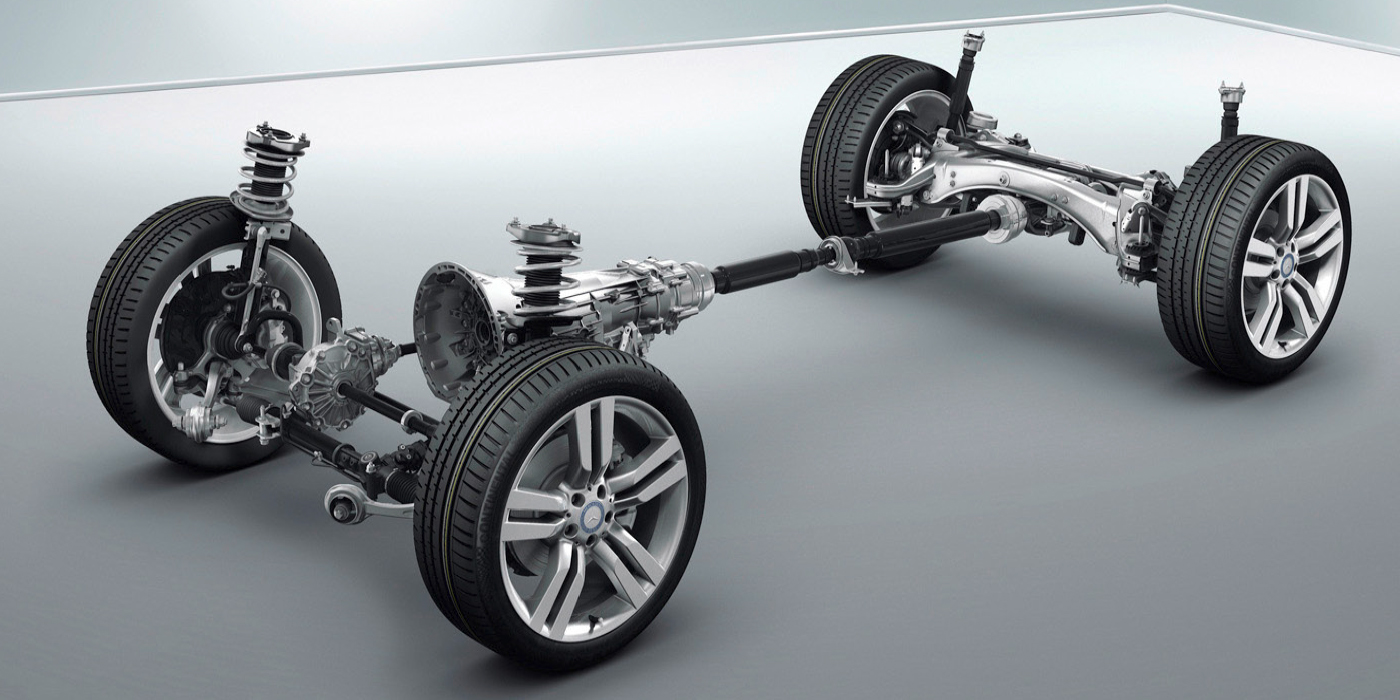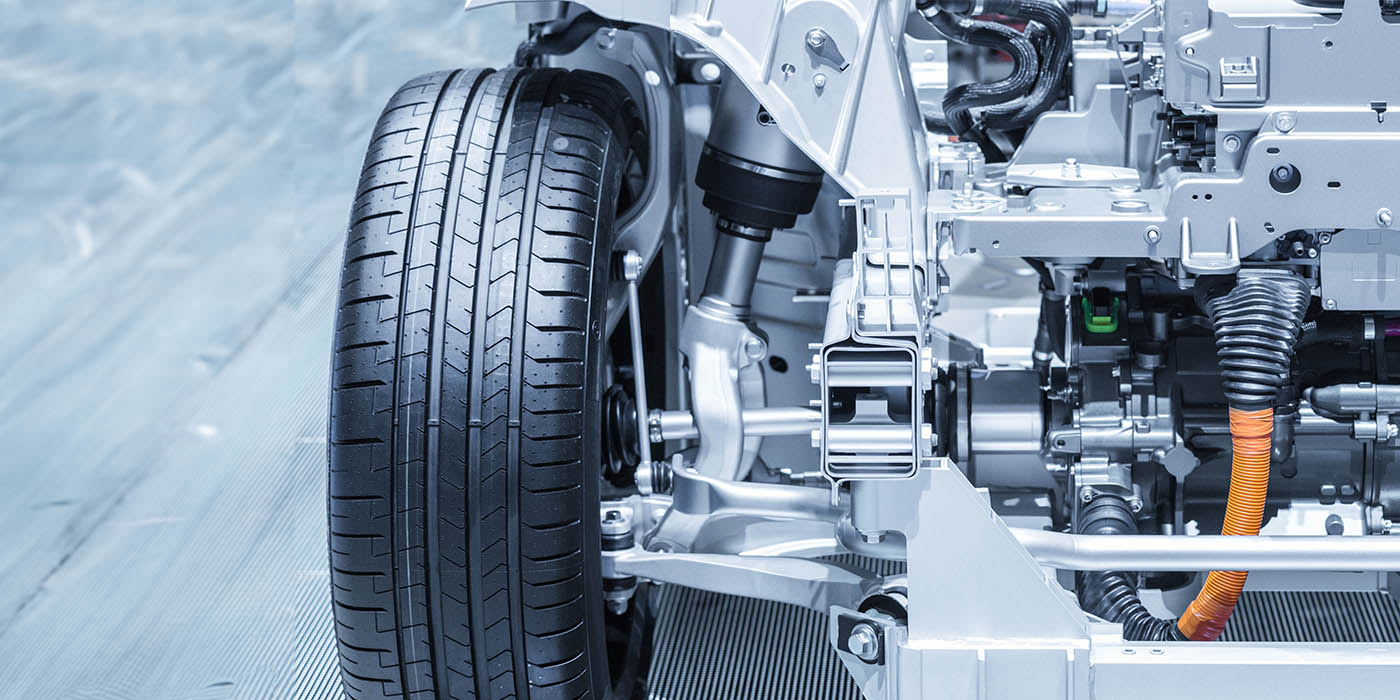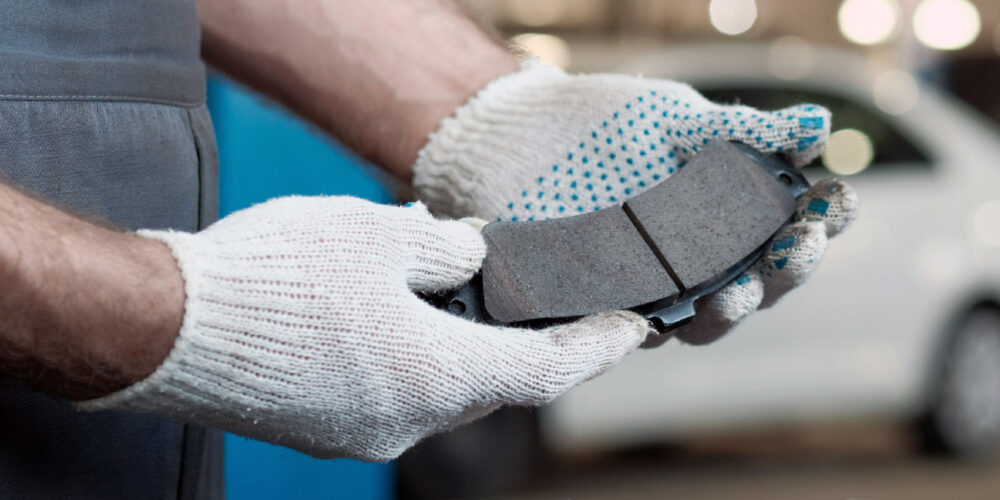
The Steering Axis Inclination (SAI) angle has a direct effect on steering and handling because it causes the wheel spindle to angle downward slightly as the wheel is steered. Caster, which is the forward or rearward tilt of the steering axis as viewed from the side, does the same thing. The combination of SAI and caster helps the steering return to center and stay centered because that’s when the spindles are at their highest and most stable position.
The most important point to remember about the SAI angle is that it is a fixed angle that is designed into the suspension. It is not an adjustable angle and should not change unless something is bent (like the strut, steering knuckle or spindle) or is out of position (like the strut tower, lower control arm, engine cradle or subframe). Consequently, you can check the SAI angle and compare it to the camber and Included Angle to diagnose bent parts and/or structural problems in the vehicle itself. More on this in a minute.
COMPARING ANGLES TO FIND THE FAULT
When the camber angle is added to the SAI angle, the sum of the two angles is the Included Angle. Comparing the SAI, camber and included angle readings can help you figure out whether or not something is bent or out of place, and what type of repairs or corrections will be needed to restore proper wheel alignment.
Let’s say you check the alignment readings on a customer’s car and find that SAI is OK, but the camber and included angle readings are both LESS than what they should be. The most likely cause would be a bent strut and/or knuckle. Ditto if SAI is within specs, but the camber and included angle readings are both GREATER than specifications.
If SAI is LESS than specifications, and camber and the included angle are also both LESS than specifications, the position of the strut tower may be out at the top and/or the strut, knuckle or control arm may be bent.
If SAI is GREATER than specifications, and the camber and included angle readings are also GREATER than specifications, the strut tower is leaning in at the top and/or the spindle or strut may be bent.
If SAI is GREATER than specifications and camber is LESS than specifications, but the included angle is on the money, it’s a sure bet the strut tower is leaning in at the top.
If SAI is LESS than specifications, but the camber and included angles are both GREATER than specifications, the strut tower may be out at the top and/or the strut, control arm or knuckle may be bent.
If SAI is LESS than specifications, camber is GREATER than specifications and the included angle is correct, the problem is an out of position strut tower, bent control arm or shifted engine cradle.
Uneven caster side-to-side creates too much cross-caster that can make a vehicle pull or lead towards the side that has the least (negative) caster. The underlying cause may be a bent strut, spindle or mislocated strut tower.
CORRECT THE PROBLEM
If you suspect a bent strut and the SAI, camber and included angle readings on your alignment machine confirm it, replace the strut. Don’t bend it. Yes, we know that some people bend struts successfully to correct alignment problems, but it’s a risky repair that may come back and bite you. The last thing you want is a call from a former customer’s lawyer informing you that you are being sued because a strut you bent failed and caused an accident.
The fastest and easiest repair for a bent strut is to replace it with a ready-to-install strut that comes preassembled with a new upper bearing plate and spring. You don’t need a spring compressor and you don’t have to reuse any of the old parts that might cause problems later on.
If a camber/caster misalignment problem is not the strut and appears to be structural (mislocated strut tower) and isn’t too bad, installing an aftermarket camber correction kit may give you enough adjustment to bring the wheels back into alignment without having to send your customer’s vehicle to a body shop to have it corrected. The upper strut mount kits usually provide up to a degree and a half or more of camber/caster movement, while offset control arm bushings or camber bolts allow the lower end of the strut to be repositioned.
USE THE PREFERRED SPECS
When realigning the wheels after replacing a set of struts, aim for the “preferred” camber, caster and toe settings. This will give the best results rather than just checking to see that the angles are within the range of acceptable specs.
For example, a typical alignment spec might allow up to plus or minus 1/2 a degree of camber either way on either side. But if one wheel had half a degree of positive camber and the other had half a degree of negative camber, the vehicle would likely pull to one side because both wheels would be leaning the same way. If the preferred setting is zero degrees camber, then try to get both wheels as close to zero camber as possible with no more than 1/2 a degree difference between the two.
Finally, don’t forget the affect rear wheel alignment can have on steering stability. You can replace both front struts and have all of the front alignment angles within specifications and still have a vehicle that doesn’t steer straight or leads to one side if rear toe or rear axle misalignment is creating an off-center thrust angle. That’s why a complete four-wheel alignment is so important.














